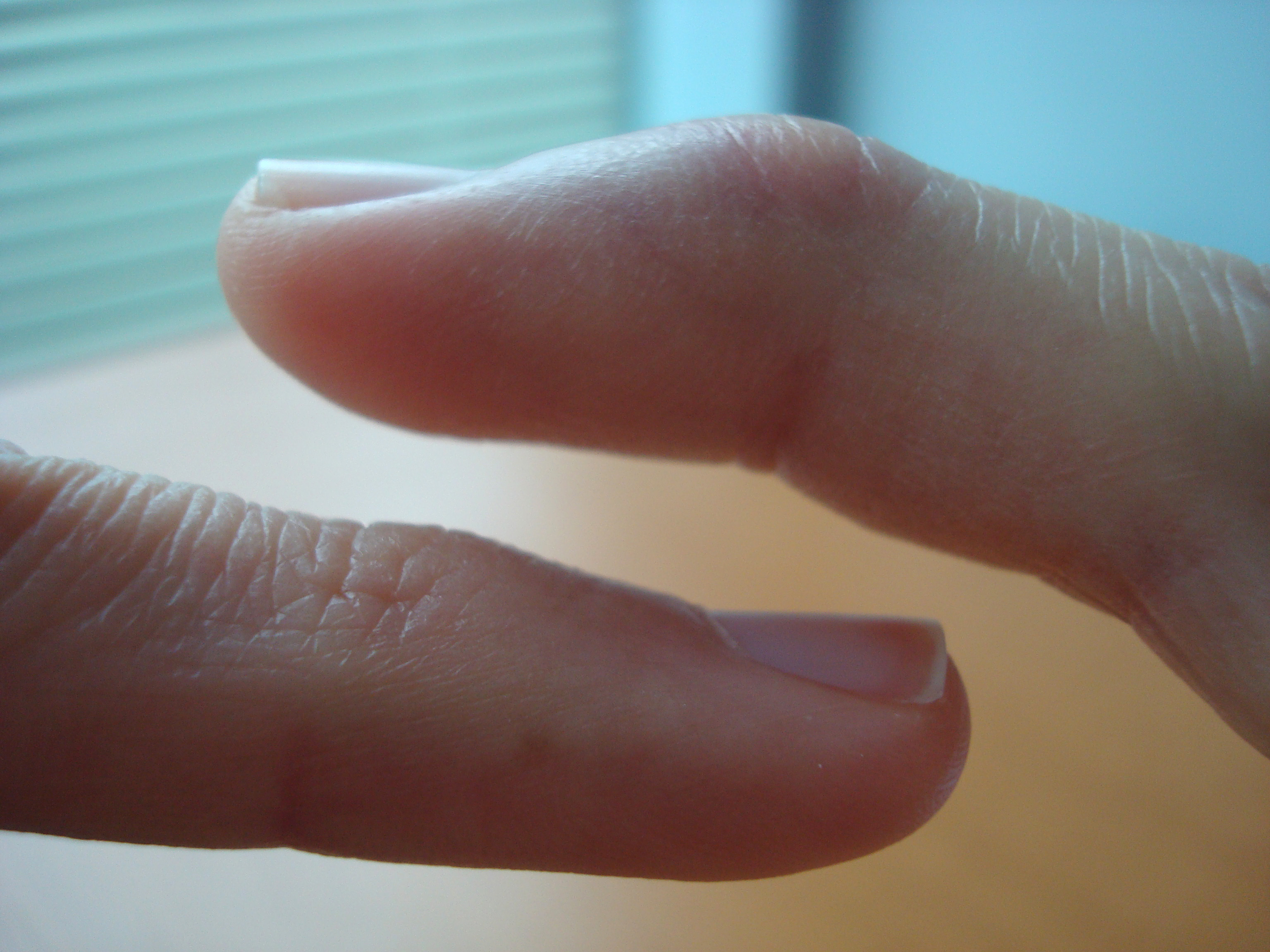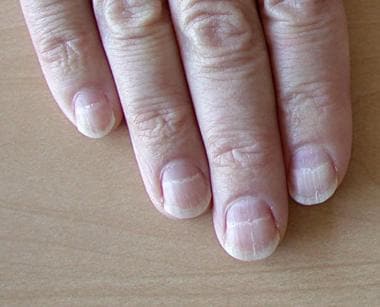
This website shows the particular finger that you are supposed to use to press a key.

KeyBR: This is an excellent resource to learn touch typing.I will list a few references that helped me practice. employment, class), I recommend setting aside at least half an hour everyday to practice for the first few weeks before finally making the switch over. If you don’t want to switch to touch typing in your regular work (e.g. Don’t get me wrong, it’s going to be excruciating at first knowing that ditching this new typing technique gets your job done quickly. Just like everything else, practice makes perfect. Most of us have multiple setups (Office or School and Home), so this is really helpful. Furthermore, touch typing also enables you to maintain the same typing speed on any keyboard. This is possible because the amount of travel for each finger is minimal, so, less room for error. Touch typing is a method which trains us to type with just our sense of feel without using our eyes. After 8 years of hunt and peck typing, I had to Google, “what is the correct way to type”. I also realized that my fingers had to move a lot, and that contributed to the high inaccuracy. I quietly went into my room that day and recorded myself typing. Turns out, I had terrible typing speed and my accuracy was abysmal. One spontaneous Friday, in my college dorm, I was involved in a fun typing speed contest with my friends (spirits were not involved). I resumed my college and Emacs took a back seat since the learning curve seemed too high. The frequent use of CTRL and META keys really slowed me down. Shortly after I started trying out Emacs, I realized that it was really difficult for me to fluently do anything. If you used any other finger than your little finger (pinky), you are not a touch typer.

If you used anything other than your first fingers, you are not a touch typer.Īnother easy way to find this out is to press CTRL key. Still not sure if you know touch typing or not? Open your editor (you are reading an Emacs blog, so I am hoping its Emacs), type the following phrase: Navigating text using these key bindings is very fast compared to arrow keys since you do not have to move your hand away from the home row. Similarly, you can use C-f and C-b ( f stands for forward, b stands for backward) to move forward and backwards by a character, M-f and M-b are used to move forward and backward by a word.

For example, you can cycle through browser URL suggestions using C-n or C-p ( n is for next, p is for previous line). Hot Tip: The use of CTRL and META keys are almost universally applicable to navigating text blobs. Either way, I think touch typing is going to boost your general productivity. If vi/vim is more your style, you can give Evil mode a shot. So, you can literally customize any of these key bindings to your preference. This is because Emacs, for the most part, uses CTRL ( C- ) or META ( M-, Option key in OSX, ALT in Windows) keys as prefixes for control sequences e.g. How is this relevant to Emacs? Well, Emacs learning curve becomes a lot steeper if you are not a touch typer. You either know touch typing as just “typing”, or, you just googled what it is. Chances are, you belong to one of the two categories.


 0 kommentar(er)
0 kommentar(er)
